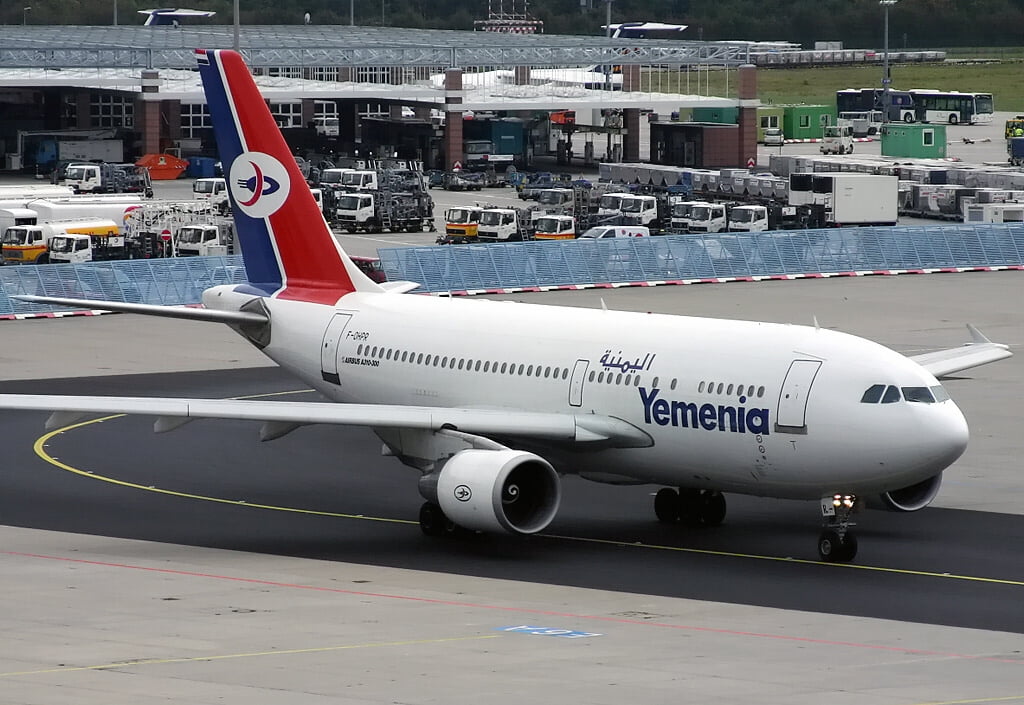It has been one year since the Saudi-led international coalition stopped all commercial traffic in and out of Sanaa International Airport. The results have been deadly — perhaps even deadlier than the conflict itself.
Marking the anniversary of the airport closure, a coalition of international relief organizations issued a statement decrying the continued closure of this airport, and suggested that more people have died as a result of the closure of this airport than have been killed in direct fighting since last year.
The impact of the decision to close the airport on the lives of Yemenis has been severe. The Ministry of Health (MoH) estimates that 10,000 Yemenis have died from critical health conditions for which they were seeking international medical treatment, but were unable to do so due to the airport closure.
While difficult to verify independently, this estimate is roughly equivalent to the number of people that have died as a direct result of the fighting. It represents the hidden victims of the conflict in Yemen.
Prior to the conflict, an estimated 7,000 Yemenis were travelling abroad from Sana’a each year to access medical treatment (OCHA). Because of the unrelenting violence, the amount of people that require life-saving healthcare abroad has grown exponentially to an estimated 20,000 Yemenis over the last 24 months (OCHA). Yemenis awaiting critical medical treatment abroad now have to find alternative routes to leave the country, which include a 10-20 hour drive to other airports, often through areas where active fighting takes place.
Estimates of the number of people killed by fighting in Yemen this year are around 9,000, suggesting that the commercial air blockade imposed by the Saudi-led coalition is deadlier than the airstrikes they are unleashing on the country.


© UNICEF/Fuad
Sanaa is currently controlled by Houthi rebels who evicted the Saudi-backed government of Yemen from the capitol. On August 9, 2016, the Saudi-lead coalition closed the airport to all commercial traffic. For the most part, the only flights in and out of the airport these days are UN humanitarian relief planes. But even those are sometimes obstructed– as was the case earlier this month when the Saudis prevented a UN humanitarian flight from taking off in nearby Djibouti because some journalists were also on board. (The journalists took the long way, and eventually made it to the country by sea).
Yemen, of course, faces a food emergency bordering on famine and is also in the midst of the worst cholera outbreak in the world. Needless to say, the obstruction of commercial air traffic has hindered the international communities ability to help relieve some of this suffering.
Caroline Anning, a senior conflict and humanitarian advocacy adviser for Save The Children, said there were steps the coalition could take that would save lives tomorrow in Yemen.
“If they reopened the main airport in [Yemen’s capital] Sanaa to commercial traffic, that would massively ease the amount of goods coming in, put food on people’s tables,” Ms Anning said.
“If they stopped blockading humanitarian goods coming in by ship that would make a big difference. If there was a temporary ceasefire that would make a huge difference.”
So far, these entreaties are being ignored and people are needlessly dying as a result.
If you want to learn more about Yemen’s food crisis and conflict, listen to my interview of Joost Hiltermann of the International Crisis Group
